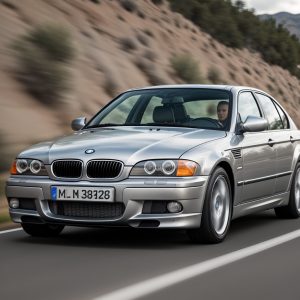Understanding bmw’s ownership structure
BMW, the renowned German automobile manufacturer, often sparks curiosity about its ownership structure. Many wonder whether BMW is privately owned or if it is part of a larger conglomerate. To understand this, we need to delve into the company’s history and ownership dynamics.
The quandary of public vs. private ownership
Unlike some of its competitors, BMW stands out as a unique entity in the automotive industry due to its ownership structure. While it is not a state-owned enterprise, BMW is not entirely privately owned either. The company follows a distinctive ownership model that sets it apart from conventional corporations.
The stakeholders: shareholders and family
BMW is a publicly traded company, which means it has shareholders who own portions of the company through shares traded on the stock market. However, what makes BMW’s ownership structure intriguing is the significant influence exerted by the Quandt family, descendants of the company’s founders.
The quandt family’s role
The Quandt family holds a substantial stake in BMW, giving them considerable control over the company’s decision-making processes. This familial influence has been instrumental in shaping BMW’s long-term strategies and maintaining its reputation for quality and innovation.
The balance of power
While BMW is not wholly privately owned, the Quandt family’s involvement ensures that the company retains a sense of autonomy and independence in its operations. This balance between public shareholders and family ownership has been a defining feature of BMW’s corporate governance.
In conclusion, BMW occupies a unique position in the automotive industry with its distinctive ownership structure. While it is a publicly traded company, the significant influence of the Quandt family blurs the lines between public and private ownership. This blend of familial heritage and public accountability has been pivotal in BMW’s success and continued prominence in the global market.




